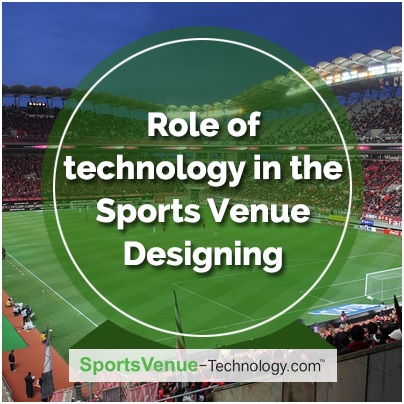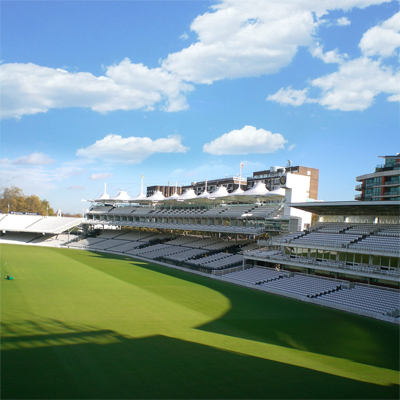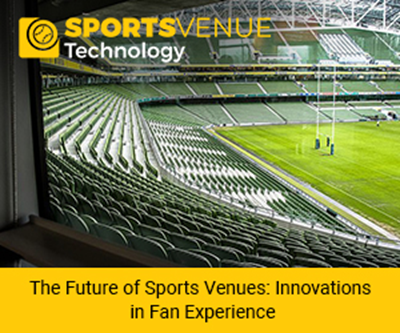Role of Technology in the Sports Venue Designing

Today a new powerful design is emerging new venues are moving back to the city fans are playing an increasingly significant role in developing and directing the experience communicating with teams and players in new ways on the field, in the concourses, on the social media and outside the stadium.
Much has changed in the years since, such as the expansion of seating capacity, the rise and fall of multi-purpose “concrete doughnuts,” and modern stadium construction moving relatively with a high and best design of sports avenue manufacturers. But most sports venues still offer the same basic design, an analogue experience with the same game spirit and focus of attention.
Three Layers of sports venue Technology
The design of the stadium lies in the three stages- Infrastructure, Resource and Activities, however, venue workers and their teams creating a great experience to the visitors irrespective of the event. Delivering the best possible game experience to its fans, can’t be everything to all people.
| Also Read: The Evolution of Fan Engagement: Leveraging Technology in Sports Venues |
Sports Venue Technology Infrastructure
The sports venue technology infrastructure comprises the full set of physical hardware, operational software and hundreds of miles of networking cable connected in a large and complex building footprint serving as the venue’s foundation. This is the stage that needs significant investment often by the stadium owner and working team to install and maintain.
It includes the elements like:
• Wi-Fi access spots and shared antenna systems to provide fans connectivity on their mobile devices
• Networked hardware/beacon technology to facilitate location-based service to fans and stadium services staff
• United, immersive display that can turn all pieces of the ground into interactive screens
• Venue-wide supply planning systems to integrate in-stadium functions like services/facilities, a retail spot of sale, customer service, ticketing, and social media
• Data, coordination, output, and visualization methods that can integrate arena and match data, package it into fan-friendly formats, and display across a variety of devices
• Handheld devices for the stadium services staff
• Combinations of solutions that allow the stadium technology to integrate with its neighbouring environment, including broadcast systems, nearby retail/restaurant, and public transportation systems
Enabling Technologies-Sports venue
A strong critical technological foundation in a modern stadium transforms fans and others to use the sports technology and infrastructure of the stadium. Enabling technologies to cover the tools, protocols, and data that teams and venues provide to fans, partners, and sponsors to access the infrastructure.
| Also Read: The Harmonic Revolution: Evolution of Audio Technology in Sports Venues |
It includes the elements like:
• Broadcasting the fan recorded audio and video feeds, to integrate the social media in-stadium promotions and game broadcasts
• Application programming interfaces (APIs) allows developers to build apps and other solutions using stadium information, such as game schedules, seating maps, facility locations, and ticket prices
• Identity authority tools to give each fan a unified credential to value in every transaction and touch point even at entry as well as the purchase of tickets, discount coupons, and merchandise
• API to programmer's new action and settings for the Echo to incorporate, ranging from temperature control to controlling lights to health and hospital integration
• A review "voice of the fan" about the stadium experience and to know about the operational problems which can be easily resolved
| Also Read: The Fusion of Real and Virtual: Integrating E-Sports Arenas into Traditional Sports Venues |
Developer's
Few technological developments with the futuristic innovations
• A “fan engagement wall,” is a permanently-installed digital, interactive screen that displays fans’ social media posts and statistics during the game
• Mobile alliance offers the opportunity to reduce hanging and allow customers to access information outside of the arena from the comfort of their own devices
• Developing the stadium in virtual reality to increase the in-game fan experience beyond the walls of the park
• Visualizing player and sports data over the field by an augmented reality displays
• As trends, stadium design has reflected the need for a more integrated experience for fans, increased premium seating, high-grade accommodations for players, a higher level of family entertainment, and increased technology





